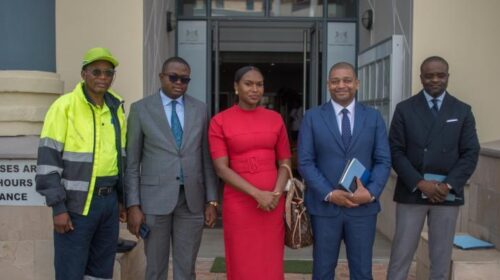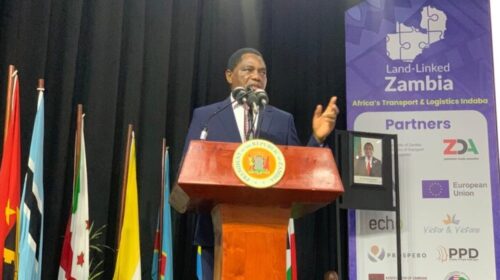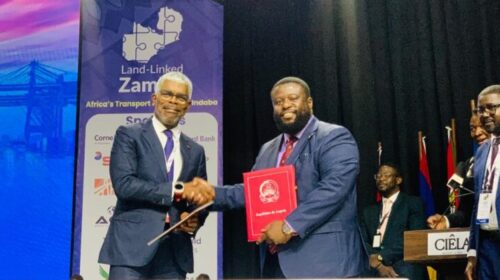Divergent Policies in Zambia and Zimbabwe: Critical Minerals to Rescue?
In late 2022, Lake Kariba, the world’s largest dam reservoir, experienced record-low water levels, leading Zimbabwe to halt electricity generation at the Kariba Dam’s South Power Station, while neighboring Zambia faced water rationing during an economic crisis.
Both countries possess significant mineral reserves that could contribute to global energy transitions. However, they are grappling with climatological shifts that are destabilizing Southern African states, with floods, droughts, and cyclones becoming frequent and devastating events.
The reliance on hydropower, which constitutes over 20 percent of the region’s energy mix, makes the impact on the energy sector severe.
Cyclones and water shortages have led to rolling blackouts, significantly affecting local agriculture and industries. Both Zambia and Zimbabwe heavily depend on mining, especially copper for Zambia and various minerals like coal, diamonds, gold, and lithium for Zimbabwe.
The increasing global demand for these minerals, crucial for electrification and clean energy technologies, highlights their importance in the energy transition.
However, the two countries are taking different approaches to finance mineral extraction and energy development. Zambia’s President, Hakainde Hichilema, has embraced a pragmatic approach by fostering partnerships with Western mining interests while also maintaining ties with China.
This has garnered some debt relief and investments in the country’s energy projects, including a US $2 billion agreement for Emirati solar investments.
On the other hand, Zimbabwe faces isolation and sanctions, hampering its energy sector investment. Despite possessing vast mining reserves, the country’s massive debt and export constraints on raw lithium have limited its access to capital.
Zimbabwe’s government aims to force foreign investors to process critical minerals locally and prioritize state-led development through resource nationalism.
Although Zambia’s strategy appears more promising in the short term, both countries need to reckon with past mismanagement of natural resources and political elite influence.
Additionally, the imminent El Niño event is likely to exacerbate drought conditions and shrink Lake Kariba once again in 2023, further challenging energy and climate resilience in the region.
By examining their respective geopolitical strategies in the face of energy and climate challenges, Zambia and Zimbabwe are repeating historical approaches without fully addressing the underlying issues.
The future of hydro in Southern Africa remains uncertain, necessitating careful consideration of sustainable solutions to ensure reliable power generation and successful global energy transitions.
70 total views , 1 views today





